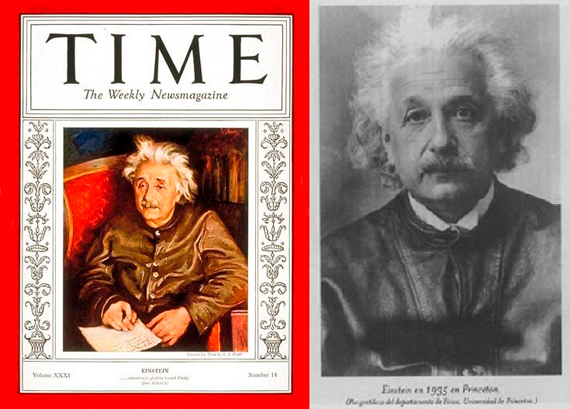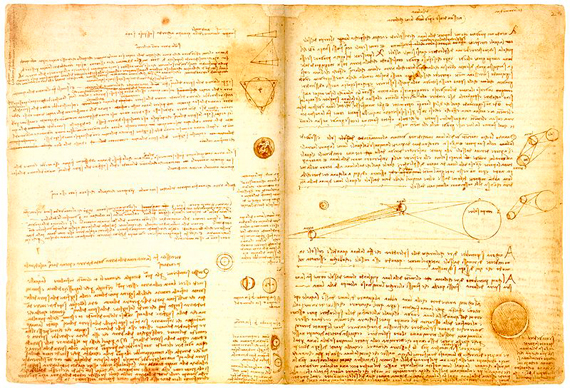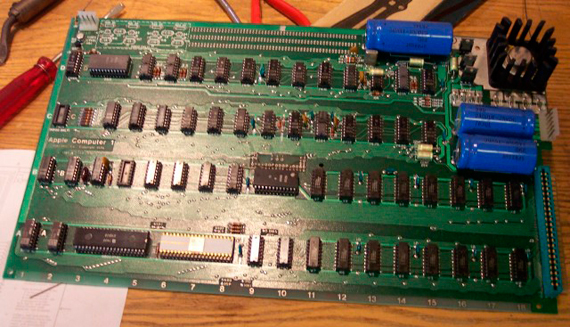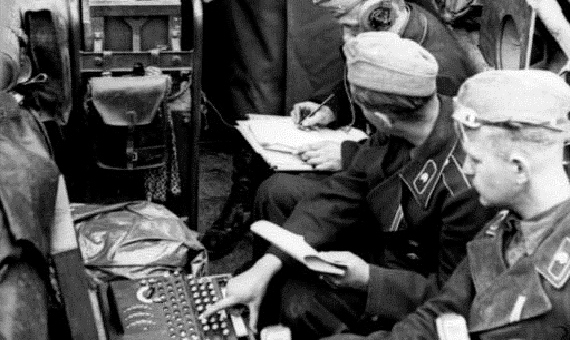Science is trading higher in the world of auctions following the recent sale of several pieces related to Einstein. We review here the most coveted objects and documents in the history of science and technology.
Einstein’s jacket
On July 10, the prestigious Christie’s brought to auction a collection of objects and documents that belonged to Albert Einstein. Among them, the star piece was the perennial brown leather ‘Cossack’ jacket by Levi Strauss & Co. that the physicist had acquired in the 1930s when he adopted US citizenship. He appeared with it on the cover of Time magazine in 1938 and also in many other photographs. His student Leopold Infeld declared in his memoirs that “Einstein wore it all the time,” so much so that the garment, according to the auction house, still retains the smell of the pipe tobacco that the famous scientist smoked. The leather jacket reached a price of £110,000 and was acquired by Levi Strauss & Co. for its own museum.

A relativistic clock
However, the jacket was not the most valued part of this auction. That honour, for a sales price of £266,500, went to a Swiss pocket watch from the beginning of the twentieth century, when the young Einstein was still completely unknown, and with which he may have consulted the time in the patent office in Bern where he worked. And beyond its material value, it also has an undeniable symbolic worth because it was the watch that Einstein wore when he formulated his theory of special relativity in which he postulated that time was not absolute but varies with the speed of the reference system, i.e. with the speed at which the bearer of the clock travels. This is reflected in the famous paradox of the twin astronauts.
In fact, nothing was unexpected. An auction of Einstein’s belongings is always a safe bet since for years he has been situated in the top ten of the list compiled by Forbes magazine of deceased celebrities who generate the most money, only surpassed by the likes of Michael Jackson, Marilyn Monroe and John Lennon.
A manuscript for War
Ironically, the highest value reached in an auction for a possession of Einstein occurred during the scientist’s lifetime. It was in 1944, when a manuscript copy of the original 1905 article of the theory of special relativity was acquired for $6.5 million in an auction organized to raise funds during the Second World War.
More than 40 years later, in 1987, another of his documents, the first manuscript in which Einstein presented some of the ideas of the future theory of general relativity, was acquired for $1.1 million. It was drafted in 1912, though never published, one of the few papers remaining from Einstein early epoch since the physicist was accustomed to destroying the originals once the article was published.
The most valuable book in the world
Both documents of Einstein were the two most expensive scientific manuscripts in the world until 1994, when Bill Gates paid $30.8 million to acquire the “Codex Leicester” in which Leonardo da Vinci exhibited some of his ideas, insights and greatest theories. Because of its size and importance, the “Codex Leicester” is also considered the most valuable book (scientific or not).

However, if we consider printed books, this title falls on the work “Birds of America” by James Audubon, a delicacy of which only 118 copies exist. The book is a compilation of large prints on which the naturalist painted in life-size the birds of the continent that he had observed in his expeditions in the 1820s. The book was printed in black and white from engraved plates and then coloured by hand. In 2010, one of the limited copies reached a value of $10 million.
Soviet space junk
Astronautics technology is also on the upswing. In 2011, the Soviet space capsule Vostok 3KA-2 was sold for $2,882,500 to a Russian tycoon. The capsule was launched into space in March 1961 and its successful re-entry into the Earth’s atmosphere gave the green light to launch the first man into space, Yuri Gagarin.
The Vostok 3KA-2 ousted the previous leader in the space race in the parallel world of auctions, the Soyuz capsule purchased for $1,652,500 by American billionaire Ross Perot in 1993 at the first auction of Soviet spacecraft.
A computer made in a garage
On October 21, 2014, and within the framework of thea “First History of Science Custom” auction from Bonhams, an Apple I computer became the most valuable computer in the world when it sold for $905,000.

The Apple I was the first personal computer created in 1976 by Steve Jobs and Steve Wozniak, founders of the company, in the garage where they put it together by hand. It lacked a screen and keyboard and in total only 200 units were produced, 150 to sell directly to relatives, friends, acquaintances and contacts and another 50 for the store Byte Shop, which was their first wholesale sale. The auctioned computer is one of just fifteen that still work.
Enigma M4: Hit and sunk
A year later and a new History of Science auction at Bonhams, an Enigma encryption machine reached a bid of $365,000, which made it the most expensive technological military and espionage device in history. Specifically, it was the Enigma M4 model, of which 1,500 units were produced and it is estimated that only about 150 remain.

The M4 was designed exclusively for U-Boot submarines of the Kriegsmarine and played a key role in the Battle of the Atlantic. Manufactured under the utmost secrecy, it entered service on February 2, 1942 causing a blackout of information in Bletchley Park that lasted 9 months and that confirmed to the Nazis that British intelligence had been decrypting their communications.
Comments on this publication